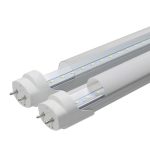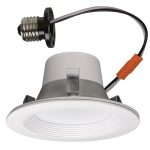Why LED Light Fixtures Flicker and How to Fix It: A Comprehensive Guide
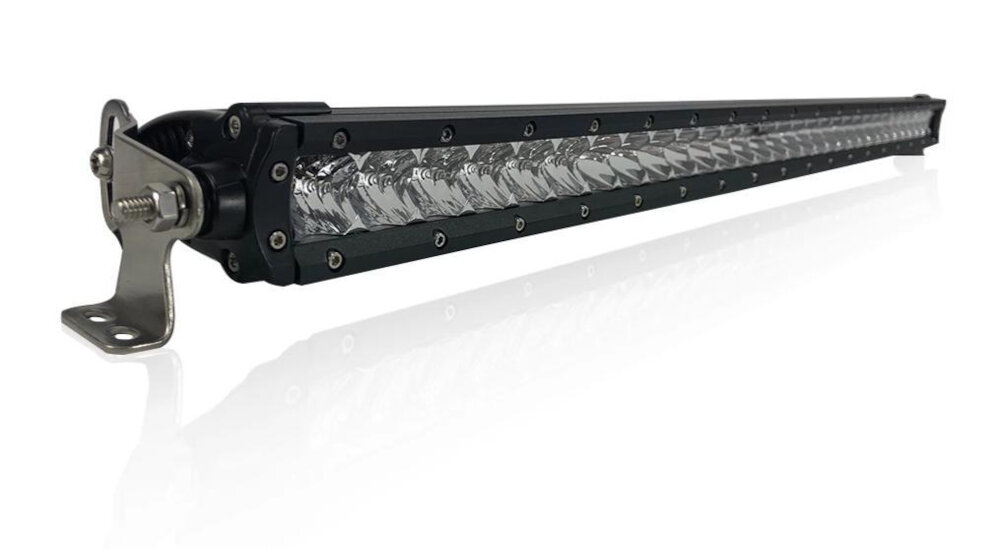
LED light fixtures have become a popular choice for homeowners and businesses alike due to their energy efficiency and long lifespan. However, one common issue that LED light fixtures may encounter is flickering. Flickering LED lights can be not only annoying but also harmful to people’s eyesight, especially for those who work in environments with prolonged exposure to light. Moreover, flickering can also shorten the lifespan of LED light fixtures if not addressed promptly. Therefore, understanding why LED light fixtures flicker and how to fix it is essential knowledge for anyone who uses LED lighting. There are a variety of reasons why LED light fixtures flicker, ranging from voltage fluctuations, incompatible dimmer switches, and faulty LED drivers. The flickering can also be caused by external factors such as weather changes, electrical interference, and poor wiring connections. Therefore, it’s crucial to identify the root cause of the flickering before attempting to fix it. This comprehensive guide aims to provide readers with a detailed understanding of the various causes of LED light flickering and the corresponding solutions. By following the steps outlined in this guide, readers can troubleshoot and fix their LED light fixtures’ flickering issues and enjoy uninterrupted, high-quality lighting.
LED light fixtures flickering refers to the rapid and repeated on-off cycle of the LED lights. This flickering can be caused by various factors, including faulty wiring, incompatible dimmer switches, or low-quality LED bulbs. While flickering is a common issue that affects LED lights, it can be quite frustrating and distracting, especially when the lights are used in a room where people spend a lot of time. Furthermore, flickering LED lights can cause headaches, eyestrain, and other health issues. Therefore, it is essential to understand the causes of LED light fixtures flickering and how to fix them to ensure that your LED lights function correctly and efficiently.
Understanding why LED light fixtures flicker and how to fix it is crucial for anyone who wants to enjoy uninterrupted lighting at home or in the office. Flickering can be caused by a variety of factors, including faulty wiring, incompatible dimmer switches, or inadequate power supply. Identifying the root cause of the problem is key to finding a solution that works. Once you know what’s causing the flicker, you can take steps to address it, such as replacing the dimmer switch, upgrading the wiring or installing a voltage stabilizer. Fixing the issue not only ensures a comfortable and stable light source but also prevents potential health issues such as headaches or eye strain that can result from flickering lights. So, it’s essential to take the time to understand why LED light fixtures flicker and how to fix it, to enjoy a consistent and comfortable lighting experience.
Causes of LED Light Fixtures Flickering
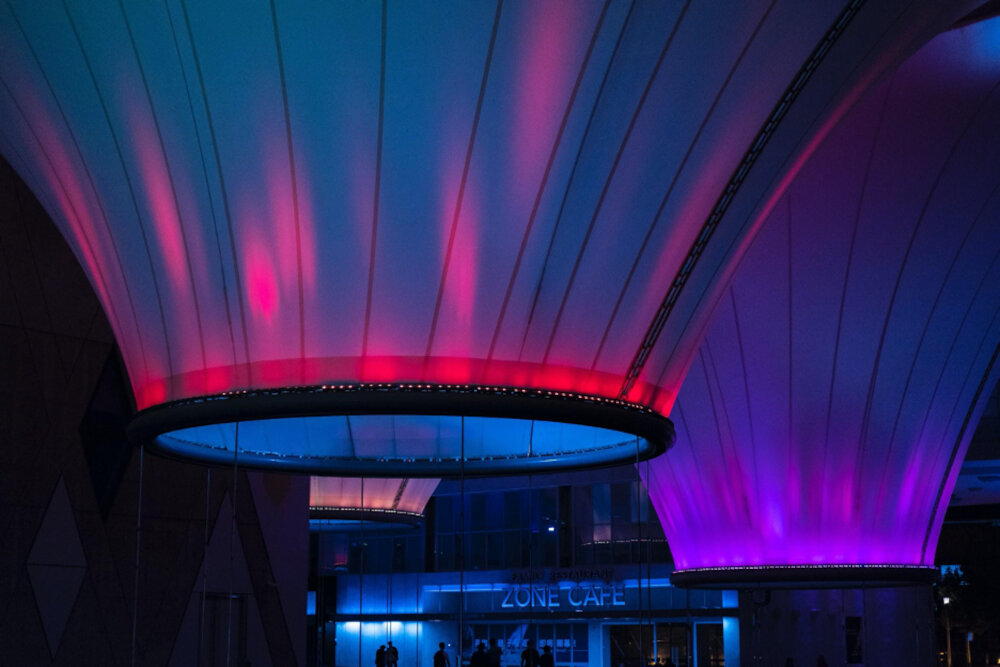
LED light fixtures are the latest trend in lighting technology, providing energy-efficient and long-lasting lighting solutions. However, one of the most common issues with LED light fixtures is flickering. This flickering can be quite frustrating and can even cause headaches, eye strain, and other discomforts. There are various reasons why LED light fixtures flicker, and understanding these causes is crucial in addressing the issue. One of the main causes of LED light fixture flickering is voltage fluctuations. LED lights require a stable and consistent voltage supply to function properly, and any fluctuations in voltage can cause flickering. This can occur due to various reasons, such as faulty wiring, poor connections, or even high demand on the electrical system. Moreover, LED lights are sensitive to voltage drops, especially when multiple fixtures are connected to the same circuit. In such cases, voltage regulation devices such as stabilizers or surge protectors can help regulate the voltage and prevent flickering.
Voltage fluctuations are a common issue in modern electrical systems that can cause LED light fixtures to flicker. These fluctuations can be caused by a variety of factors, including voltage drops, power surges, and electrical interference. When voltage drops occur, the current flowing through the LED fixture can be reduced, leading to a flickering effect. Power surges, on the other hand, can cause the opposite effect, with too much current flowing through the fixture, causing it to flicker or even burn out. Electrical interference, such as from nearby motors or other electronics, can also cause voltage fluctuations that can affect the performance of LED fixtures. To fix these issues, it is important to identify the root cause of the problem and address it accordingly, whether it involves adjusting electrical wiring or installing surge protectors.
One of the most common causes of LED light flickering is incompatibility with dimmer switches. While traditional incandescent bulbs are compatible with most dimmer switches, LEDs require specific dimmer switches that are designed to work with their unique electronic components. The issue arises when an incompatible dimmer switch is used with an LED light fixture, causing a mismatch in voltage and current. This can result in a flickering or flashing effect in the LED lights, which can be both distracting and frustrating. To avoid this issue, it’s important to use dimmer switches that are specifically designed for use with LED lights, which will ensure that the voltage and current are properly regulated and prevent flickering or flashing.
Poor quality LED drivers are one of the most common causes of LED light flickering. These drivers are responsible for regulating the amount of power that is supplied to the LED lights, and if they are not designed and manufactured correctly, they can cause the lights to flicker or even fail prematurely. In some cases, poor quality LED drivers may not be able to handle the power requirements of the LED lights, leading to flickering or flashing. Additionally, they may not be able to maintain a consistent voltage, causing the LED lights to dim or brighten erratically. Therefore, it is important to choose high-quality LED drivers that are designed specifically for the LED lights being used to avoid flickering and ensure proper functioning of the fixtures.
Loose wiring is a common cause of flickering in LED light fixtures. When electrical connections are not properly secured, they can become loose over time due to vibrations or temperature changes. This can cause a disruption in the electrical current flowing to the LED bulbs, resulting in flickering or dimming. It is important to ensure that all wiring connections are tight and secure, and to regularly inspect them for any signs of wear or damage. Loose wiring can also pose a safety hazard, so it is essential to address this issue promptly to prevent any potential accidents or electrical fires.
Overheating is a common issue that can cause LED light fixtures to flicker. When LED lights are used for long periods, they can generate a significant amount of heat, which can cause the internal components to degrade over time. This can lead to flickering, as the circuitry struggles to maintain a consistent flow of electricity. In addition, overheating can cause other issues, such as reduced lifespan and decreased efficiency. To prevent this problem, it’s important to ensure that your LED fixtures are properly ventilated and that they are not being used in overly hot environments. Additionally, choosing high-quality LED products from reputable manufacturers can help to minimize the risk of overheating and ensure that your lighting system operates reliably over the long term.
Effects of LED Light Fixtures Flickering
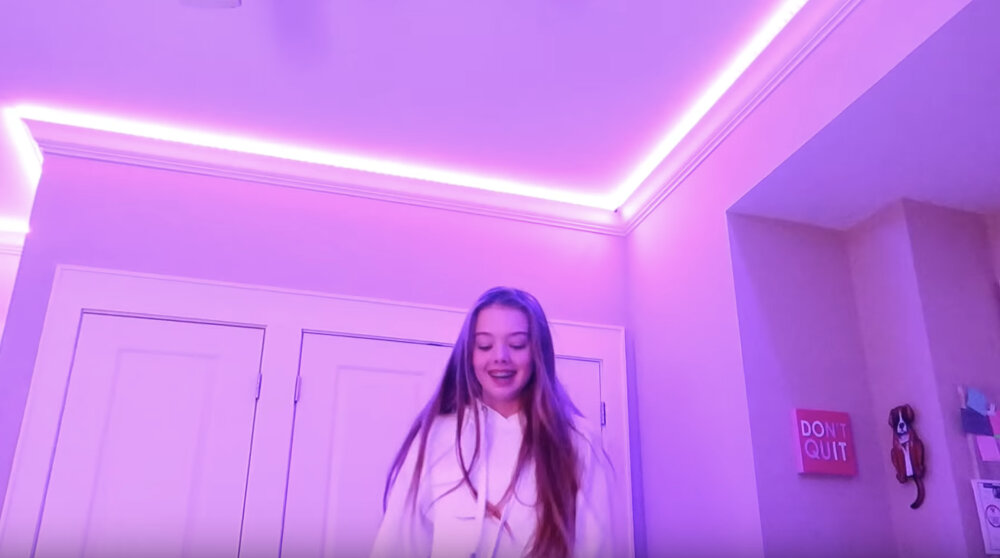
LED light fixtures are known for their energy efficiency and long-lasting lifespan, but they can also be prone to flickering. This flickering can be caused by a variety of factors, including voltage fluctuations, incompatible dimming systems, and faulty wiring. The effects of LED light fixture flickering can range from annoying to potentially harmful. For example, flickering can cause eye strain, headaches, and even seizures in individuals who are susceptible to photosensitive epilepsy. Additionally, flickering can reduce the lifespan of the LED bulbs themselves, leading to more frequent replacements and higher costs over time. Fortunately, there are several methods for fixing LED light fixture flickering. One option is to switch to a higher-quality LED bulb that is less susceptible to voltage fluctuations. Another option is to install a compatible dimmer switch that is specifically designed for use with LED bulbs. In some cases, flickering can be caused by faulty wiring or poor electrical connections, so it may be necessary to hire a professional electrician to inspect and repair the wiring. By taking proactive steps to address LED light fixture flickering, individuals can enjoy the benefits of these energy-efficient lighting solutions without any of the negative side effects.
Headaches and eyestrain are common complaints in individuals who spend a significant amount of time under LED lighting. This is due to the flicker produced by LED light fixtures, which can cause discomfort and strain on the eyes. The flicker occurs due to the rapid fluctuations in the electrical current powering the LED, resulting in an inconsistent output of light. This can be especially problematic in workplaces where employees are required to work for extended periods under such conditions. Fortunately, there are several ways to mitigate the effects of LED flicker, including adjusting the light intensity and installing additional filters to reduce the flicker frequency. By taking proactive measures to address this issue, individuals can work under LED lighting without experiencing headaches and eyestrain.
Reduced productivity is a common problem that can occur when LED light fixtures flicker. This is because flickering lights can cause eye strain, headaches, and fatigue, all of which can negatively impact a person’s ability to work or focus on tasks. Additionally, flickering lights can be distracting and annoying, making it difficult for individuals to concentrate and be productive. To combat reduced productivity caused by flickering LED light fixtures, it is essential to identify and address the root cause of the problem as soon as possible. This can involve adjusting the voltage or replacing faulty components, among other solutions.
When it comes to LED light fixtures, safety concerns are of utmost importance. Flickering LED lights can not only be a nuisance but also a potential hazard. This is because flickering can cause eye strain, headaches, and even seizures in those with photosensitive epilepsy. Furthermore, flickering lights can also be a sign of poor electrical connections, which can lead to overheating and even fires. It is important for individuals to promptly address any flickering issues with their LED light fixtures to ensure the safety and well-being of themselves and others in their environment.
Premature LED failure is a common problem that can occur in LED light fixtures. This can be caused by a variety of factors such as poor quality components, insufficient thermal management, and overdriving the LED beyond its maximum ratings. As LEDs are sensitive to heat, inadequate heat dissipation can cause the LED to fail prematurely. Additionally, using low-quality components in the LED fixture can also result in premature failure. To avoid this issue, it is important to select high-quality LED fixtures that come with proper thermal management and are designed to operate within the recommended temperature range. Moreover, it is essential to avoid overdriving the LED and using it beyond its maximum ratings.
How to Fix LED Light Fixtures Flickering
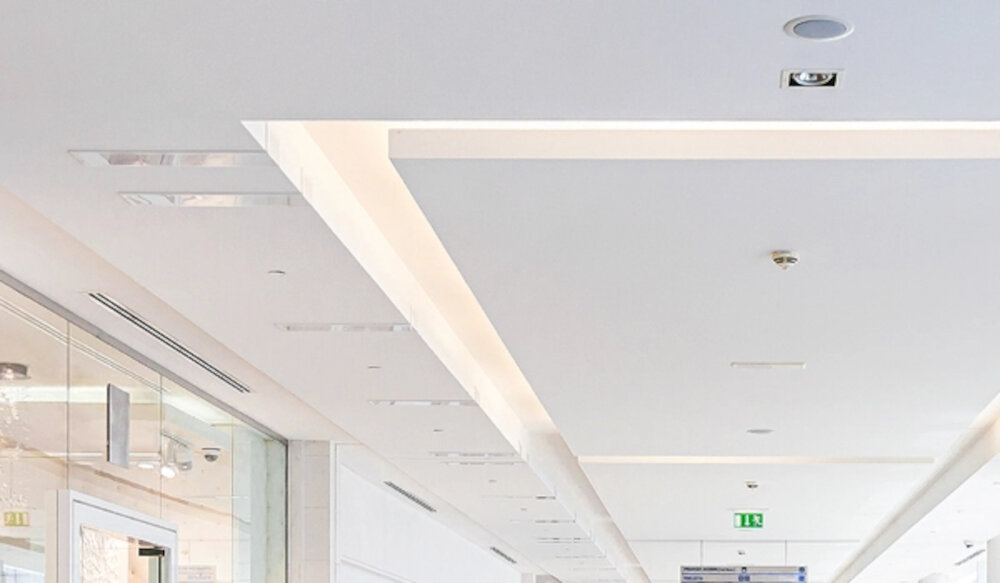
LED light fixtures are an efficient and cost-effective way to illuminate your home or office. However, they can sometimes flicker, which can be annoying and even cause headaches. Fortunately, there are several ways to fix LED light fixtures flickering. One of the most common causes of flickering is a faulty driver. The driver is the component that regulates the amount of electricity flowing to the LED lights. If the driver is faulty, it can cause the lights to flicker. To fix this problem, you need to replace the driver. You can easily find a replacement driver online or at your local hardware store. Another common cause of flickering is a loose connection. If the connection between the LED lights and the power source is loose, it can cause the lights to flicker. To fix this problem, you need to check the connection and make sure it is tight. If the connection is loose, you can tighten it with a screwdriver. If the connection is damaged, you may need to replace it. It is also important to check the wiring and make sure it is not damaged. Damaged wiring can also cause the lights to flicker. If you find any damaged wiring, it is important to replace it. By following these steps, you can fix LED light fixtures flickering and enjoy the benefits of energy-efficient lighting.
If you’re experiencing flickering LED lights, it could be due to an incompatible dimmer switch. Traditional dimmer switches are designed for incandescent bulbs, which require more power to operate, and can cause flickering when used with LED lights. To fix this issue, you should replace your existing dimmer switch with one that is specifically designed for LED lights. LED-compatible dimmer switches are designed to work with the lower power requirements of LED bulbs, and will help eliminate flickering while also providing smoother and more consistent dimming. Installing a compatible dimmer switch is a simple and effective solution for fixing flickering LED lights.
Upgrading to high-quality LED drivers is a crucial step in ensuring that your LED light fixtures do not flicker. LED drivers are responsible for regulating the amount of power that is supplied to the LED lights, and a high-quality driver will provide a steady stream of power, reducing the likelihood of flickering. In addition to preventing flicker, high-quality LED drivers can also extend the lifespan of your LED lights and improve their overall performance. When selecting an LED driver, it is important to choose one that is compatible with your LED lights and has the appropriate voltage and current ratings. Investing in high-quality LED drivers is a simple and effective way to eliminate flicker and ensure that your LED lights operate at their best.
One of the primary reasons for LED light fixtures flickering is poor wiring connections. Over time, electrical connections can loosen, leading to flickering lights. Regularly checking and tightening wiring connections can help prevent this issue. Loose connections can cause resistance, leading to fluctuations in the electrical current, which can cause LED lights to flicker. It’s crucial to ensure all wiring connections are secure and tight to prevent flickering issues. Using a voltage meter can also help identify any loose connections and fix them before they cause further problems. Ignoring flickering LED lights caused by poor wiring connections can lead to more significant issues, such as electrical fires, so it’s essential to address them promptly.
If you’re experiencing flickering LED light fixtures, one solution to consider is installing voltage stabilizers. These stabilizers regulate the amount of voltage that flows through your electrical system, ensuring that it remains consistent and stable. This is important because fluctuations in voltage can cause flickering lights, as well as other electrical issues like surges and brownouts. Voltage stabilizers can be installed at the main electrical panel or at individual light fixtures. They come in various sizes and styles to accommodate different electrical systems and can be purchased at most hardware stores or through an electrician. By installing voltage stabilizers, you can ensure that your LED light fixtures operate smoothly and without flickering, providing reliable and consistent lighting for your home or business.
Improving ventilation and cooling is crucial to avoid flickering in LED light fixtures. Heat is the primary cause of flickering, and if not dissipated effectively, it can damage the LED components and shorten their lifespan. Therefore, proper ventilation and cooling are necessary to regulate the temperature and maintain the optimal operating conditions for the LED lights. This can be achieved by ensuring that the LED fixtures are not enclosed in tight spaces, allowing free airflow to dissipate heat. Additionally, installing heat sinks or fan systems can enhance the ventilation and cooling of the LED fixtures, thereby reducing the chances of flickering. By implementing these measures, one can improve the performance and longevity of LED light fixtures.
Preventing LED Light Fixtures Flickering
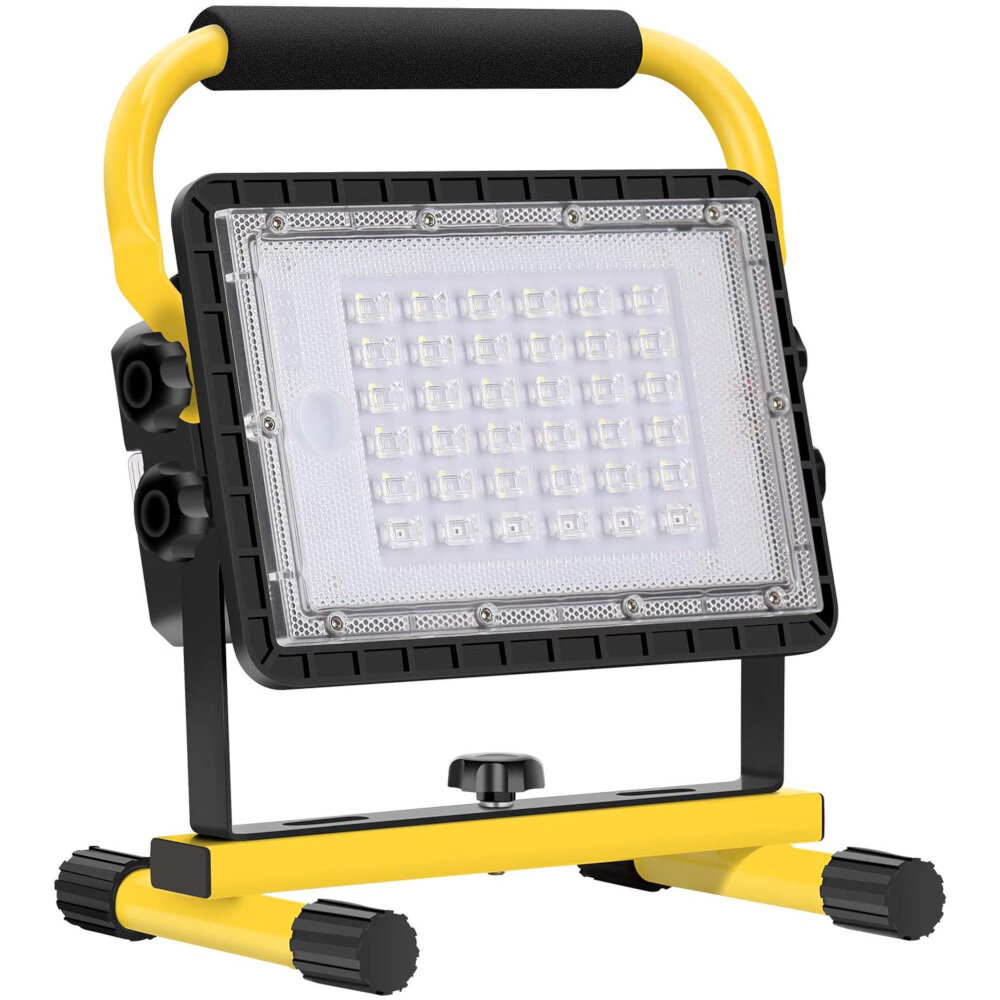
LED light fixtures have revolutionized the way we light our homes and offices. They are energy-efficient, long-lasting, and eco-friendly. However, one issue that many people face with LED lights is flickering. This can be both annoying and distracting, especially if you are working or studying. Fortunately, there are several steps you can take to prevent LED light fixtures from flickering. Firstly, check the voltage of your LED light fixtures. LED lights require a stable voltage to function properly. If the voltage is too high, it can cause the lights to flicker. You can use a voltage meter to check the voltage of your fixtures. If the voltage is too high, you may need to install a voltage regulator or stabilizer. This will ensure that the voltage remains stable and your LED lights do not flicker. Secondly, check the wiring of your LED light fixtures. Loose wiring can also cause flickering. Make sure that all the wires are properly connected and tightened. If you notice any loose wires, you should tighten them or replace them if necessary. By following these steps, you can prevent LED light fixtures from flickering and enjoy uninterrupted lighting in your home or office.
When it comes to LED light fixtures, choosing high-quality components is crucial to avoid flickering issues. LED lights are sensitive to changes in voltage, and low-quality components can cause fluctuations that result in flickering. It’s important to select LED drivers and power supplies that are designed for the specific fixture and meet industry standards. Opting for well-known brands and reputable suppliers can also ensure that the components are of good quality. Additionally, investing in high-quality LED bulbs and avoiding cheap, knock-off brands can also prevent flickering. By prioritizing quality components, you can ensure that your LED fixtures operate smoothly and without any annoying flicker.
When it comes to installing LED light fixtures, it is important to follow the instructions carefully. Often, flickering issues can arise due to improper installation. This can include not connecting the wires correctly or not securing the fixture properly. It is also important to ensure that the fixture is compatible with the dimmer switch being used, as mismatched components can also cause flickering. By carefully following the installation instructions and ensuring compatibility, you can avoid flickering issues and enjoy the benefits of energy-efficient LED lighting.
If you’re experiencing flickering with your LED light fixtures, it could be due to a variety of reasons such as wiring issues, a dimmer switch, or incompatible bulbs. While it may be tempting to try and fix the problem yourself, it’s important to hire a professional electrician to ensure that the issue is resolved safely and effectively. A professional electrician has the knowledge and experience to properly install and maintain LED fixtures, avoiding potential hazards such as electrical shock or fire. They can also identify and fix any underlying issues that may be causing the flickering, ensuring that your lights operate smoothly and efficiently for years to come. So, don’t take any chances with your electrical system – leave it to the experts!
Regularly inspecting and cleaning LED fixtures is crucial to prevent flickering issues. Dust, dirt, and debris can accumulate on the surface of the light source or inside the fixture, causing the LED to overheat and eventually flicker. Moreover, the accumulation of debris can also reduce the light output and lifespan of the fixture. To avoid these problems, it is recommended to clean the LED fixtures using a soft cloth, a vacuum cleaner, or a compressed air canister regularly. Additionally, inspecting the fixture for loose connections or damaged parts can help identify and fix issues before they cause flickering. Overall, maintaining the cleanliness and integrity of LED fixtures is essential to ensure their optimal performance and longevity.
The article, \Why LED Light Fixtures Flicker and How to Fix It – A Comprehensive Guide,\ discusses the most common reasons why LED lights flicker, including voltage fluctuations, incompatible dimmer switches, and faulty LED drivers. It also provides practical solutions to fix these issues, such as installing voltage stabilizers, updating dimmer switches, and replacing faulty LED drivers. Furthermore, the article emphasizes the importance of selecting high-quality LED light fixtures and seeking professional assistance if the problem persists. Overall, the article offers a thorough guide for individuals experiencing flickering LED lights, providing practical tips to ensure a well-lit, flicker-free environment.
If you’ve ever experienced flickering LED light fixtures, you know how annoying it can be. However, it’s not just a matter of annoyance, but also a sign of potential problems that should be addressed immediately. Flickering LED light fixtures could indicate a variety of issues, ranging from minor to severe, such as a faulty LED driver, incompatible dimming switch, or incorrect wiring. Ignoring these issues can not only lead to further damage to the light fixtures but can also pose a safety risk. Therefore, it is crucial to address any flickering promptly and effectively by identifying the root cause and taking necessary measures to fix it.
If you want to ensure the longevity and optimal performance of your LED lighting system, taking action is essential. First and foremost, it’s important to select high-quality LED bulbs and fixtures, which will reduce the likelihood of flickering or other issues. Additionally, ensuring that your fixtures are properly installed and maintained is crucial. Regular cleaning and replacement of bulbs as needed can prevent issues from arising, and addressing any flickering or other issues promptly can help you avoid more serious problems down the line. By taking these steps, you can enjoy the many benefits of LED lighting without any of the headaches.
Conclusion
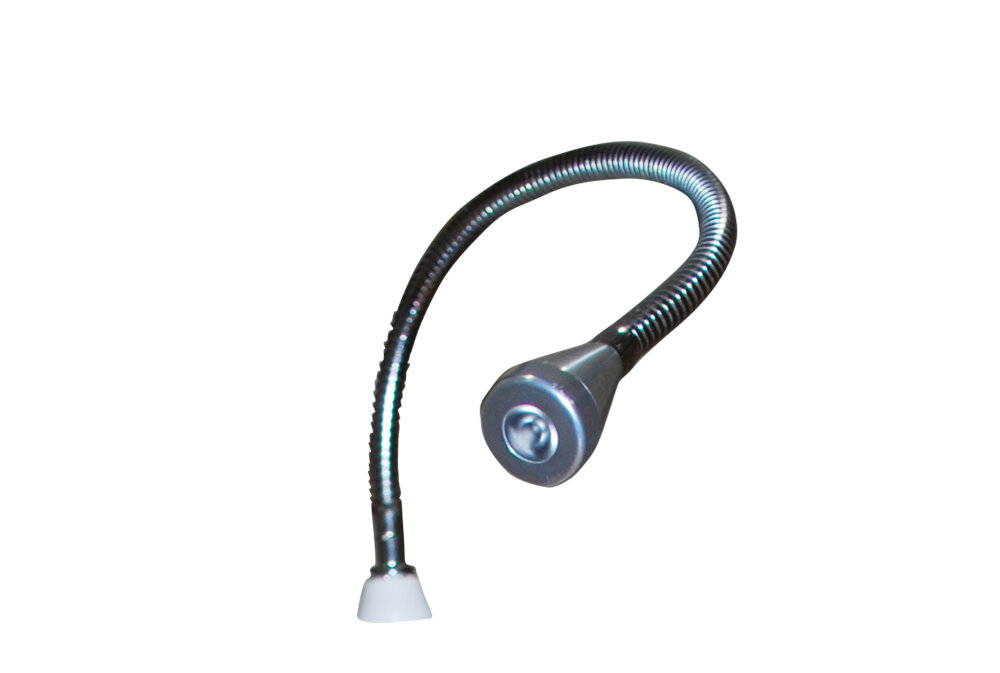
In conclusion, LED light fixtures are a great addition to any home or office as they are energy-efficient and have a long lifespan. However, they may sometimes flicker due to various reasons such as voltage fluctuations, outdated dimmer switches, or incompatible bulbs. The good news is that there are several measures that can be taken to fix this problem, including replacing the dimmer switch, using a voltage stabilizer, or replacing the bulbs with compatible ones. It is important to address flickering issues as soon as possible to prevent potential health hazards and to ensure a comfortable and safe environment. By following the comprehensive guide provided, you can easily troubleshoot and fix LED light fixtures flicker, and enjoy uninterrupted and stable lighting in your space.

